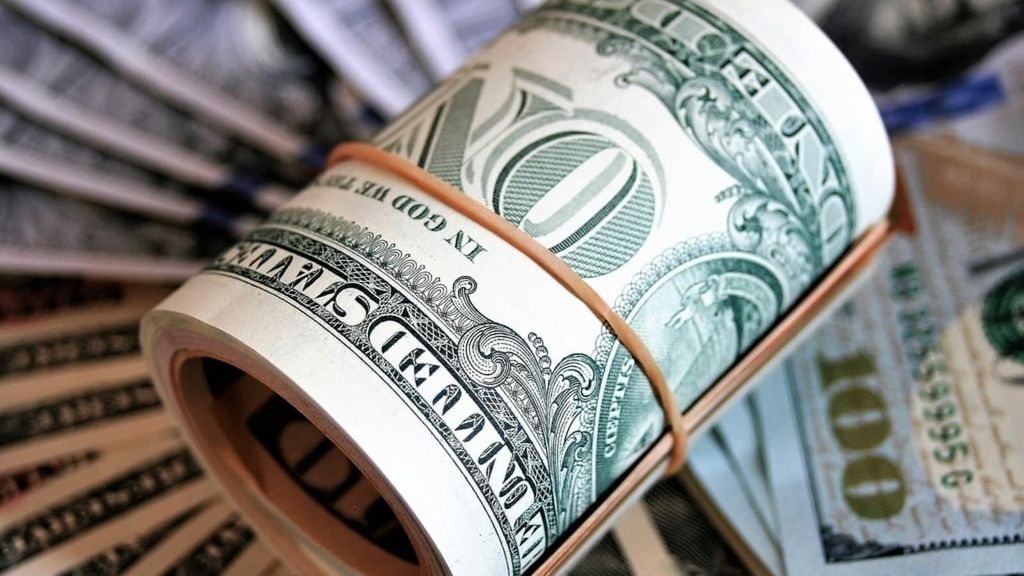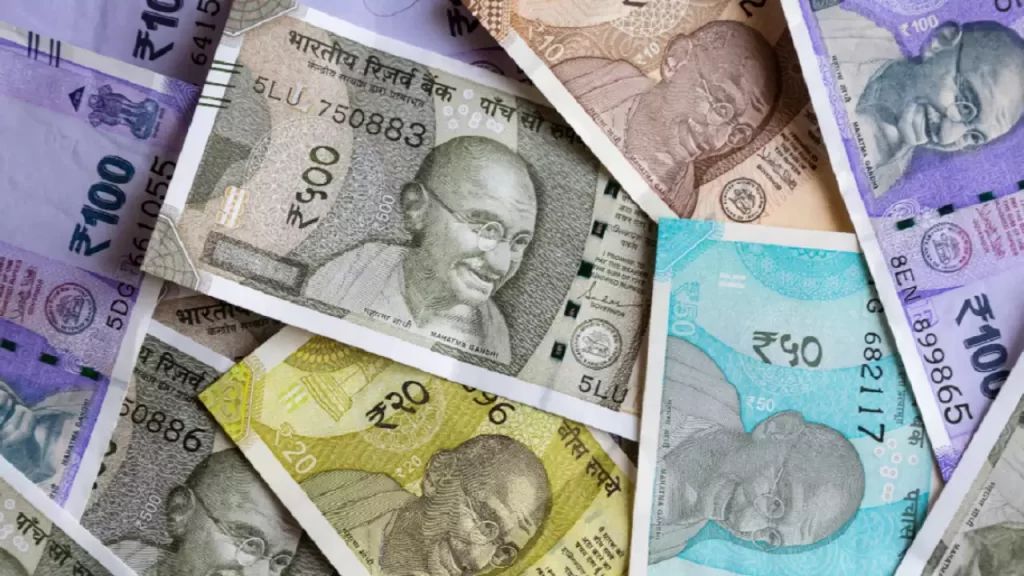This weakening of the rupee has raised concerns about inflationary pressures on the Indian economy, as India is heavily reliant on oil imports, with crude accounting for a significant portion of its import bill. Higher global crude oil prices translate into increased costs for importing petroleum, which further exacerbates the trade deficit.

Source:- bbc news
In addition to oil price increases, foreign portfolio investors (FPIs) have been withdrawing from Indian equities and debt markets, adding to the pressure on the currency. The outflow of foreign capital is often influenced by factors such as global economic uncertainty, rising interest rates in developed markets like the U.S., and expectations of better returns elsewhere. As the dollar strengthens in response to U.S. Federal Reserve rate hikes, emerging market currencies like the rupee tend to weaken.
The Reserve Bank of India (RBI) has been actively intervening in the foreign exchange market to prevent excessive volatility in the rupee, deploying its forex reserves to manage sharp movements. However, with forex reserves steadily depleting and the persistent strength of the U.S. dollar, the RBI’s efforts may only offer short-term relief.
A weaker rupee impacts inflation directly by making imports more expensive, including essential commodities like oil, which can feed into higher fuel and transportation costs, thereby increasing the overall price level in the economy. This can lead to a squeeze on household incomes and affect consumption patterns. In the longer term, the rupee’s depreciation may boost exports by making Indian goods cheaper in global markets, though this advantage is contingent on global demand dynamics.
To mitigate these effects, India may need to focus on stabilizing foreign inflows, controlling inflation, and ensuring that crude oil price shocks are managed through strategic reserves and other policy measures.
Share your views in the comments

